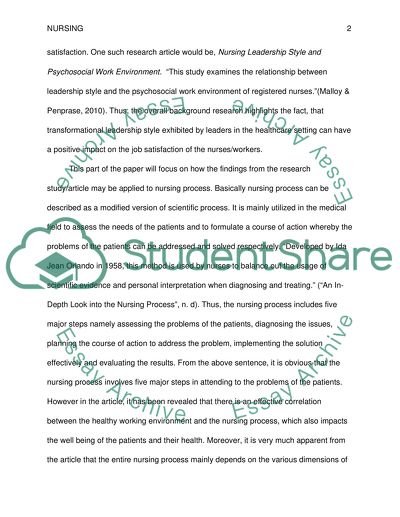Cite this document
(“Positive Impact of Nursing Leadership Research Paper”, n.d.)
Retrieved from https://studentshare.org/nursing/1454103-research-analysis-critique-paper
Retrieved from https://studentshare.org/nursing/1454103-research-analysis-critique-paper
(Positive Impact of Nursing Leadership Research Paper)
https://studentshare.org/nursing/1454103-research-analysis-critique-paper.
https://studentshare.org/nursing/1454103-research-analysis-critique-paper.
“Positive Impact of Nursing Leadership Research Paper”, n.d. https://studentshare.org/nursing/1454103-research-analysis-critique-paper.


